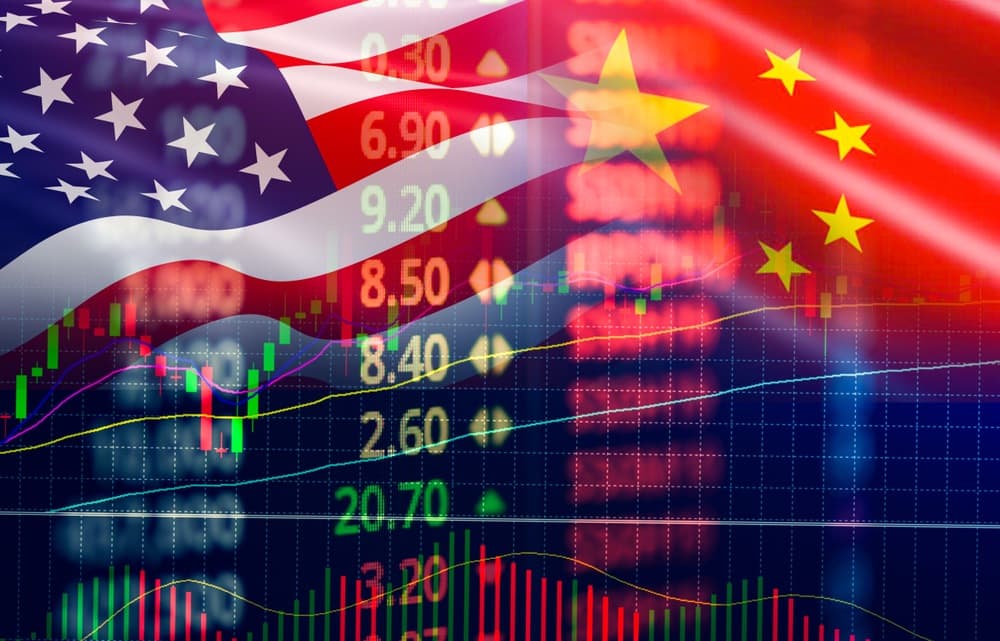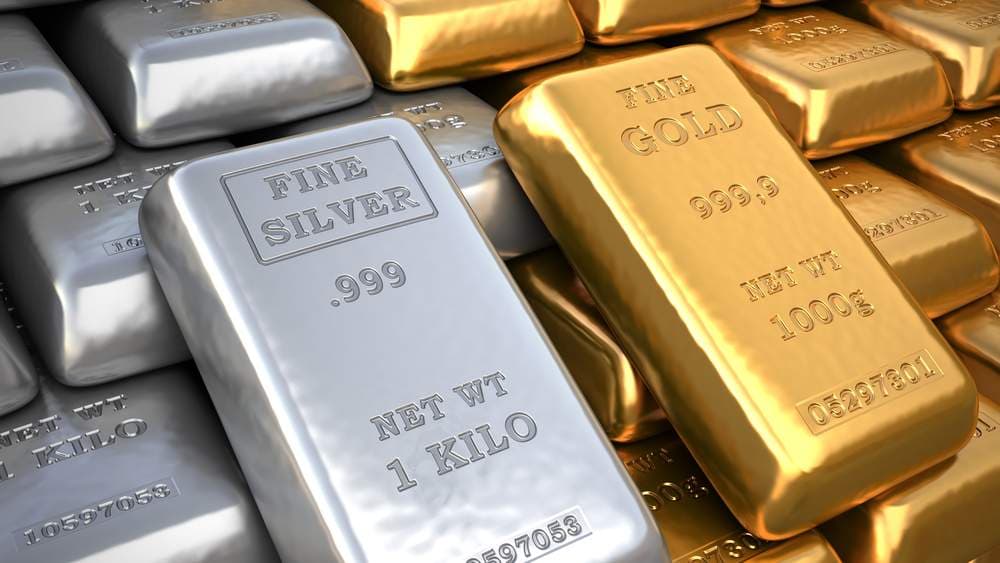Beneath the Surface
Foreign Central Banks Now Own More Gold Than U.S. Dollars
September 3, 2025 • 5 minute, 56 second read

“People worry about the riskiness of stocks, but bonds can be just as risky.”
-Peter Lynch

Central banks continue to pile up gold, letting their U.S. Treasury holdings roll off the books (Source: Crescat Capital)
September 3, 2025 — For centuries, the Byzantine Empire’s gold coin, known as the solidus, had been the backbone of global trade in the medieval world; nearly pure gold, the solidus was trusted by merchants from Baghdad to London.
But by the 11th century, multiple emperors had chipped away at its gold content—watering it down to pay for wars, bureaucracy, and the costs of an empire in decline.
By the time Alexios I took power in 1081, the solidus was barely 40% gold, and merchants never knew which version they were getting or how much real gold it contained.
Alexios tried to restore confidence by minting a new coin in 1092, one he called the hyperpyron—which literally means “super-refined” in Greek.
At 85% purity, it didn’t have the same purity as the old solidus, but the hyperpyron was credible enough to restore trust… for a little while.
But then history repeated itself over the next century; later emperors debased the hyperpyron, just as their predecessors had debased the solidus. And by the late 1200s, there was no more trust in the currency.
When Venice launched the ducat in 1284 — at over 99% pure gold— it also came with a pledge that the Venetian government would never debase it.
Combined with Venice’s trade power and rapidly growing wealth, the ducat quickly became the literal gold standard for international trade.
So much, in fact, that by the mid-1300s, the once-mighty Byzantine Empire was pawning its imperial jewels in exchange for Venetian ducats.
(It would be the loose equivalent of the US government selling off national parks in exchange for Swiss francs…)
That was the moment it became obvious to everyone that the Byzantine Empire was no longer the world’s dominant superpower… and that the world’s reserve currency had changed hands.
This pattern repeats itself throughout history. Most reserve currencies have a long, slow decline, as well as clear moments that stand out.
Today, the US government isn’t quite pawning Mount Rushmore for Swiss francs… but we are witnessing a clear moment that demonstrates a loss of confidence in the US dollar:
Foreign governments and central banks now own more gold than they own US Treasury securities.
That means that foreign nations trust in gold more than they trust in the US government.
We’ve been saying this for years: foreign central banks are selling their dollars, and using those dollars to buy gold.
Why? Because the US government’s massive debts make it a less trustworthy lender. While it’s unlikely that the US would outright default, it is very likely that Uncle Sam will eventually turn to the money printer as the “solution” to its debt challenge.
And any foreign central bank which owns a ton of US debt doesn’t want to be paid back with inflated dollars. Better to minimize that exposure now and pare down their dollar holdings.
What do they buy instead? Gold.
Not because central bankers are ‘gold bugs’. But because gold has a 5,000 year history of maintaining value. Because it is dense wealth they can hold physically in their vaults. And because there is a large enough global market to be able to buy or sell metric tons at a time.
This growing gold demand from foreign central banks has been the main driver of gold’s massive bull run— from $1,700 per ounce just three years ago, to over $3,500 per ounce today.
I take no pleasure in pointing this out, but it is becoming clear that foreign governments and central banks simply no longer have the confidence in the US that they once did.
You can see the momentum building; just this week in China, Putin, Xi Jinping, and India’s Modi stood before the world urging trade in national currencies and laying the groundwork for a new financial system designed to chip away at the dollar’s dominance.
And it’s not hard to figure out why.
According to its own projections, the US Treasury will need to sell over $22 trillion in new debt over the next ten years. That’s not a worst-case scenario—that’s the baseline forecast.
Foreign governments and central banks are traditionally one of the largest buyers of US government debt. Yet they’re clearly starting to back away from Treasury bonds… and the US dollar.
This means that the Treasury Department will struggle to find lenders over the next several years… which very likely means relying on the Federal Reserve to ‘print’ the money they need… which of course would be highly inflationary.
This isn’t a doomsday prediction. It’s not a partisan argument. It’s just the reality that America is facing.
Most likely nothing catastrophic will happen tomorrow. Or this month. Or this year. But America is clearly running out of time.
This is not a time for panic; in fact it’s critical to understand that there are rational ways to prepare for the challenges down the road.
We’ve been suggesting gold (and silver) for a number of years, both of which have proven to be excellent shelter.
At $2,000 gold we said this was just the beginning. At $3,000 gold we said that the story was still in its early days. At $3,500 gold, I’m still telling you that this story has much longer to play out.
Nothing goes up or down in a straight line, so there will always be pullbacks and corrections. But the case for gold easily goes to $5,000… and potentially well over $10,000.
That’s not based on any idolatry or fanaticism… but rather a cogent, rational understanding of how global central banking works.
The bottom line is that the world is losing confidence in the US dollar as the global reserve currency. And, right now, there is no alternative. Except for gold. And for that reason central banks (over the long run) will keep stockpiling it… and driving the price higher.
To your freedom,
James Hickman
Schiff Sovereign & Grey Swan Investment Fraternity
P.S. from Addison: James and Peter offer unique solutions through Schiff Sovereign if you’re seeking to invest offshore during this unique period in the markets.
P.P.S. Grey Swan Live! continues Thursday at 2 p.m. ET with Ian King. Please note the new time. (We expect our members in California to appreciate the extra time to prepare for Ian’s insights.)
Ian’s recent predictions include a new event that could trigger a new crypto boom, sending the space’s market cap to $8.5 trillion by 2030.
The opportunities Mr. King plans to discuss are fresh right now, including the top token opportunities in the cryptocurrency space as this asset class continues to benefit from regulatory clarity.
Don’t miss out on these great insights or your opportunity to ask Ian questions Live!
If you’d like, you can drop your most pressing questions right here: Feedback@GreySwanFraternity.




